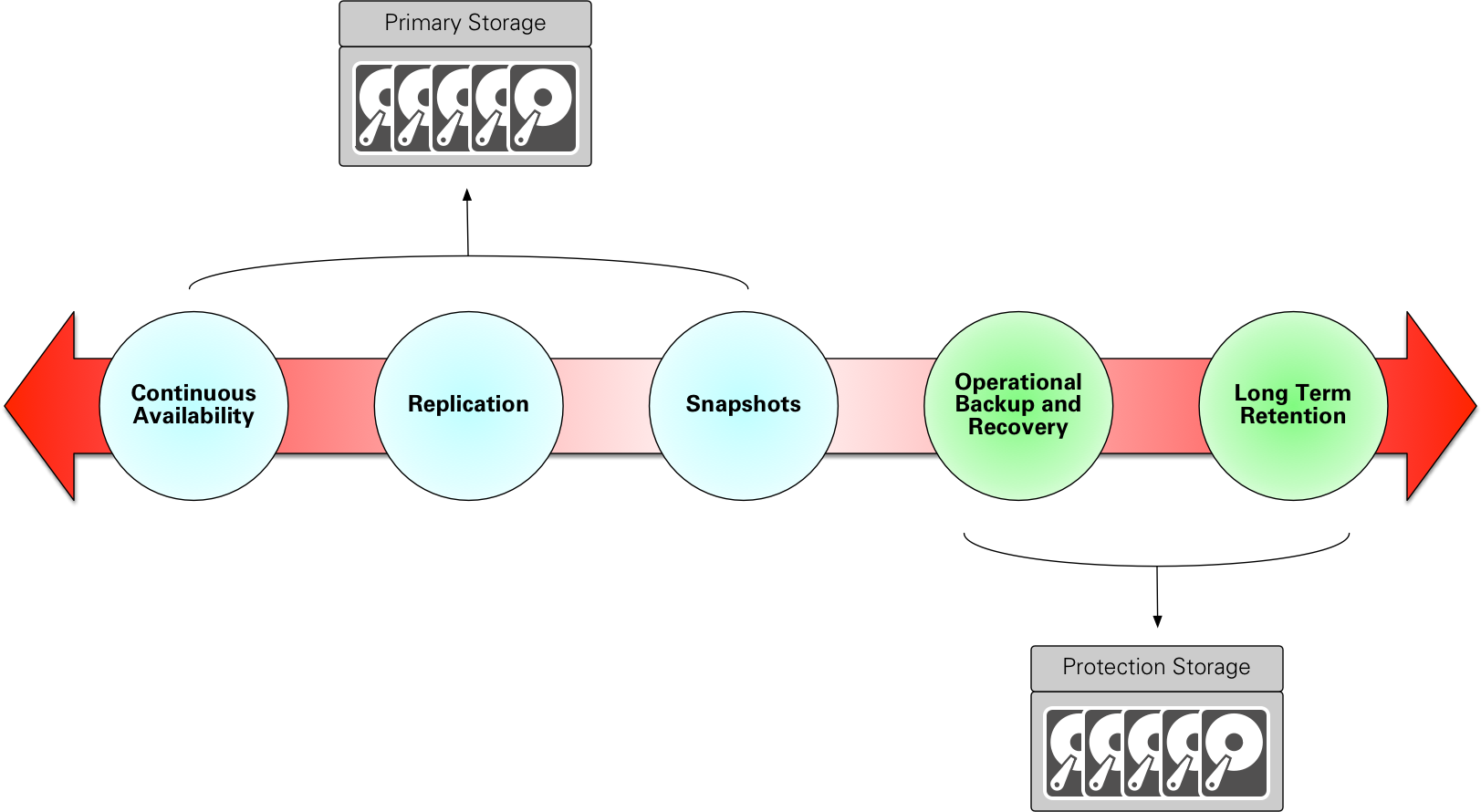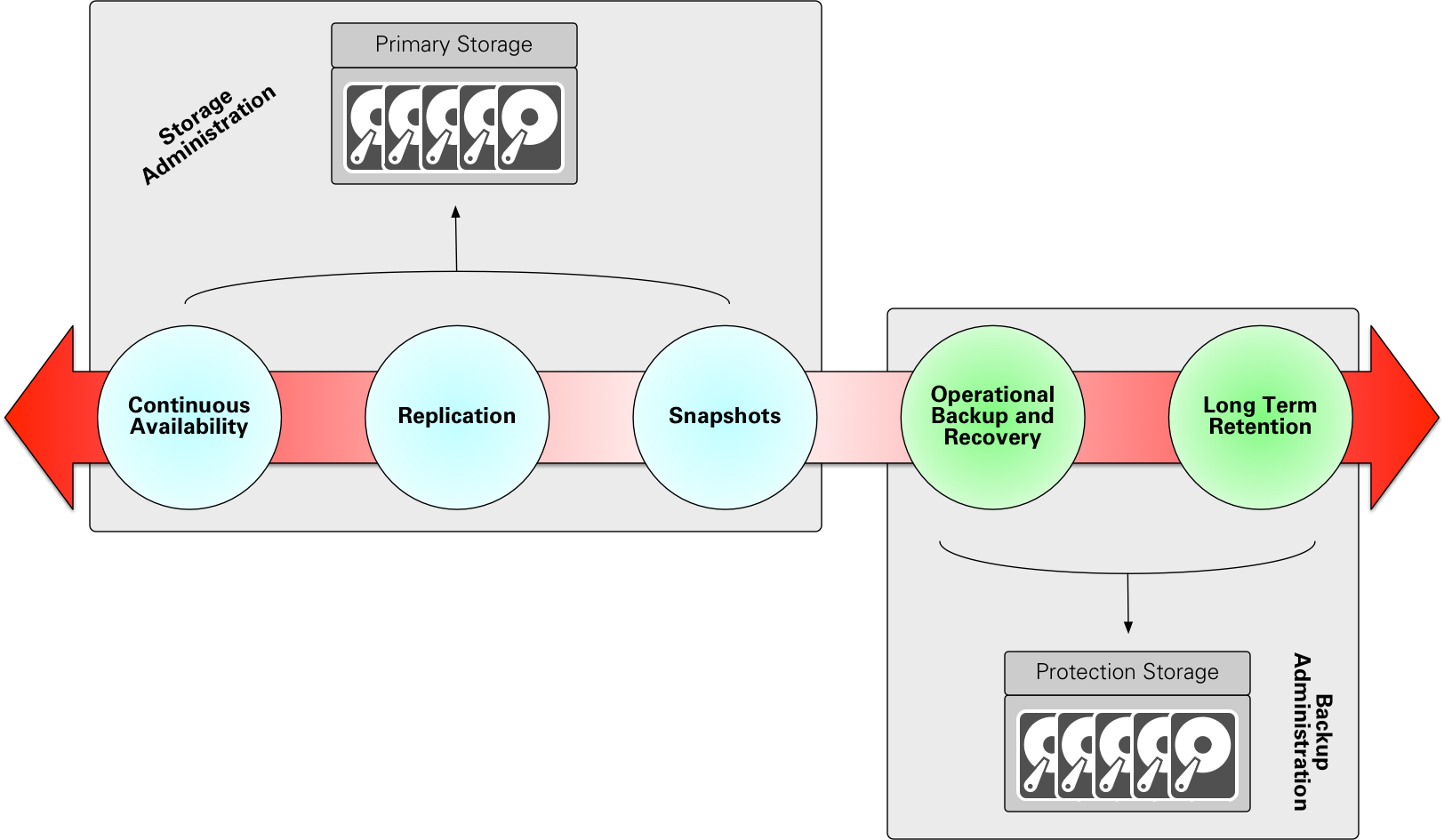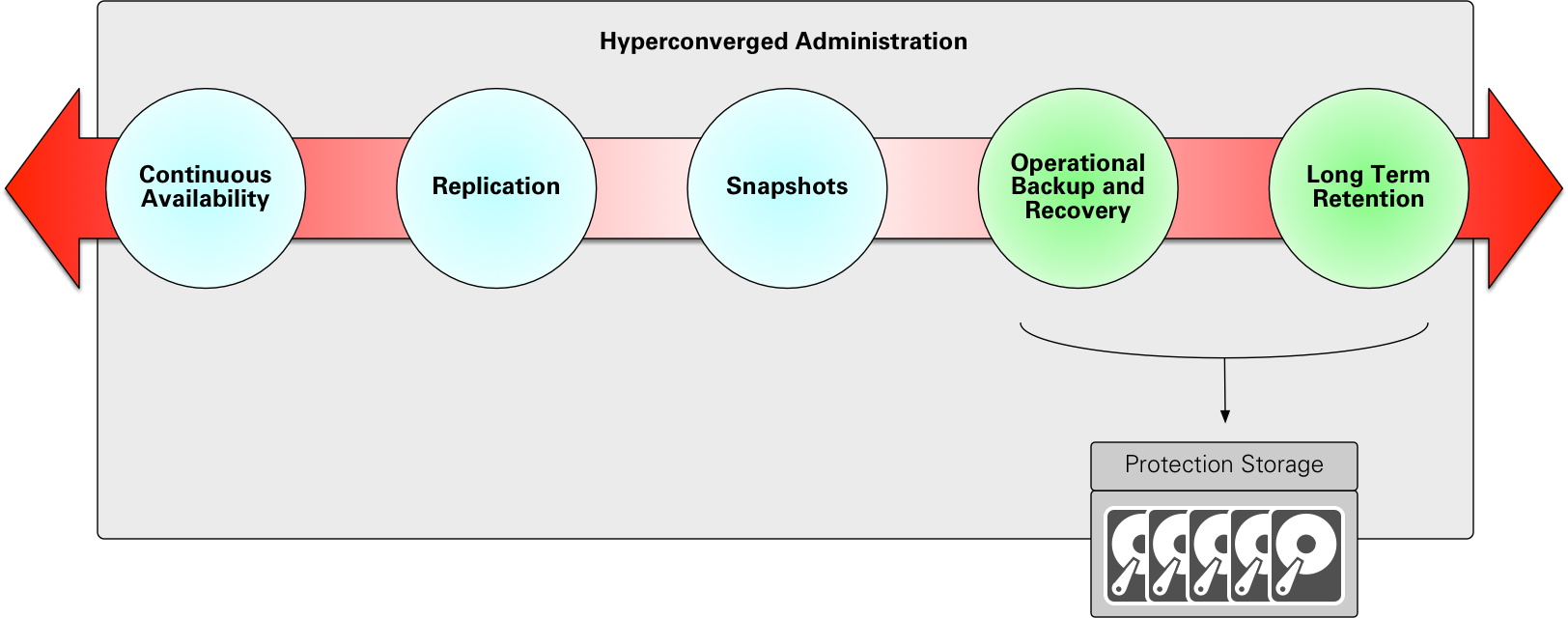Hyperconverged is a hot topic in enterprise IT these days, and deservedly so. The normal approach to enterprise IT infrastructure after all, is a bit like assembling a jigsaw puzzle over a few years. Over successive years it might be time to refresh storage, then compute, then backup, in any combination or order. So you’re piecing together the puzzle over an extended period of time, and wanting to make sure that you end up in a situation where all the pieces – sometimes purchased up to five years apart – will work well together. That’s before you start to deal with operating system and application compatibility considerations, too.
Unless your business is actually in infrastructure service delivery, none of this is of value to the business. The value starts when people can start delivering new business services on top of infrastructure – not building the infrastructure itself. I’m going to (perhaps controversially to some IT people suggest) that if your IT floor or office still has signs scattered around the place along the lines of “Unix Admin Team”, “Windows Admin Team”, “Storage Admin Team”, “Network Admin Team”, “Security Team”, “VMware Admin Team”, “Backup Admin Team”, etc., then your IT is premised on an architectural jigsaw approach that will continue to lose relevance to businesses who are seeking true, cloud-like agility within their environment. Building a new system, or delivering a new service in that silo-based environment is a multi-step process where someone creates a service ticket, which goes for approval, then once approved, goes to the network team to allocate an IP address, before going to the storage team to confirm sufficient storage, then moving to the VMware team to allocate a virtual machine, before that’s passed over to the Unix or Windows team to prepare the system, then the ticket gets migrated to the backup team and … five weeks have passed. If you’re lucky.
Ultimately, a perception of “it’s cheaper” is only part of the reason why businesses look enviously at cloud – it’s also the promise of agility, which is what the business needs more than anything else from IT.
If a business is either investigating, planning or implementing hyperconverged, it’s doing it for efficiency and to achieve cloud-like agility. At the point that hyperconverged lands, those signs in the office have to come down, and the teams have to work together. Administration stops being a single field of expertise and becomes an entire-stack vertical operation.
Let’s look at that (just) from the perspective of data protection. If we think of a typical data protection continuum (excluding data lifecycle management’s archive part), it might look as simple as the following:
Now I’ve highlighted those functions in different colours, for the simple fact that while they’re all data protection, in a classic IT environment, they’re rather differentiated from one another, viz.:
The first three – continuous availability, replication and snapshots – all, for the most part in traditional infrastructure IT shops, fit into the realm of functions of primary storage. On the other hand, operational backup and recovery, as well as long term retention, both fit into models around protection storage (regardless of what your protection storage is). So, as a result, you’ll typically end up with the following administrative separation:
And that’s where the traditional IT model has sat for a long time – storage admins, and backup admins. Both working on different aspects of the same root discipline – data protection. That’s where you might find, in those traditionally silo’d IT shops, a team of storage administrators and a team of backup administrators. Colleagues to be sure, though not part of the same team.
But a funny thing happens when hyperconverged enters the picture. Hyperconverged merges storage and compute, and to a degree, networking, all into the same bucket of resources. This creates a different operational model which the old silo’d approach just can’t handle:
Once hyperconverged is in the picture, the traditional delineation between storage administration and backup administration disappears. Storage becomes just one part of the integrated stack. Protection storage might share the hyperconverged environment (depending on the redundancy therein, or the operational budget), or it might be separate. Separate or not though, data protection by necessity is going to become a lot more closely intertwined.
In fact, in a hyperconverged environment, it’s likely to be way more than just storage and backup administration that becomes intertwined – it really does go all the way up the stack. So much so that I can honestly say every environment where I’ve seen hyperconverged deployed and fail is where the traditional silos have remained in place within IT, with processes and intra-group communications effectively handled by service/trouble tickets.
So here’s my tip as we reach the end of the 2017 tunnel and now see 2018 barrelling towards us: if you’re a backup administrator and hyperconverged is coming into your environment, this is your perfect opportunity to make the jump into being a full spectrum data protection administrator (and expert). (This is something I cover in a bit more detail in my book.) Within hyperconverged, you’ll need to understand the entire data protection stack, and this is a great opportunity to grow. It’s also a fantastic opportunity to jump out of pure operational administration and start looking at the bigger picture of service availability, too, since the automation and service catalogue approach to hyperconverged is going to let you free yourself substantially from the more mundane aspects of backup administration.
“Hyperconverged administrator” – it’s something you’re going to hear a lot more of in 2018 and beyond.




